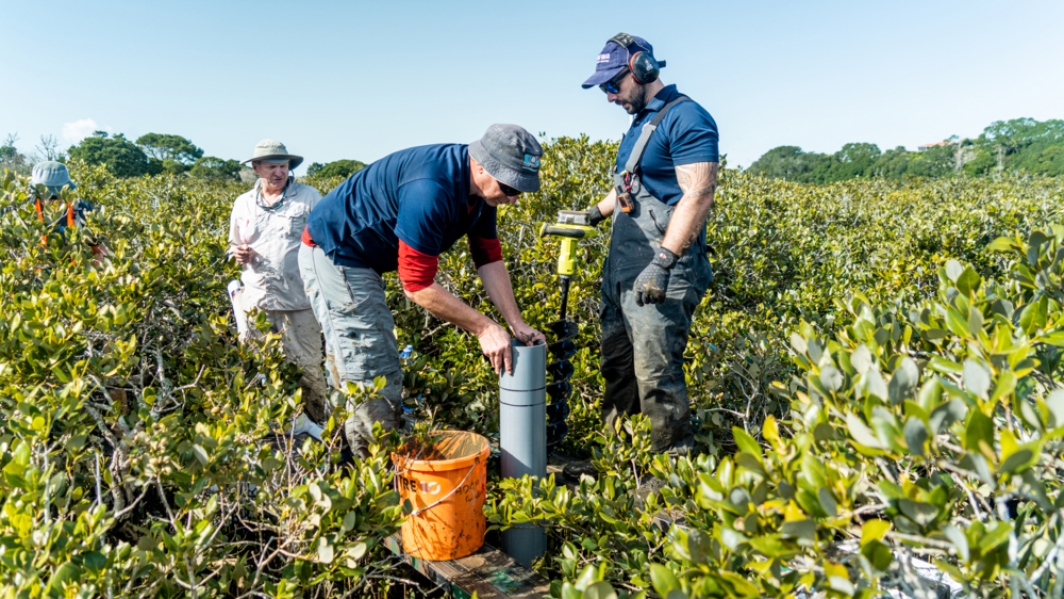-
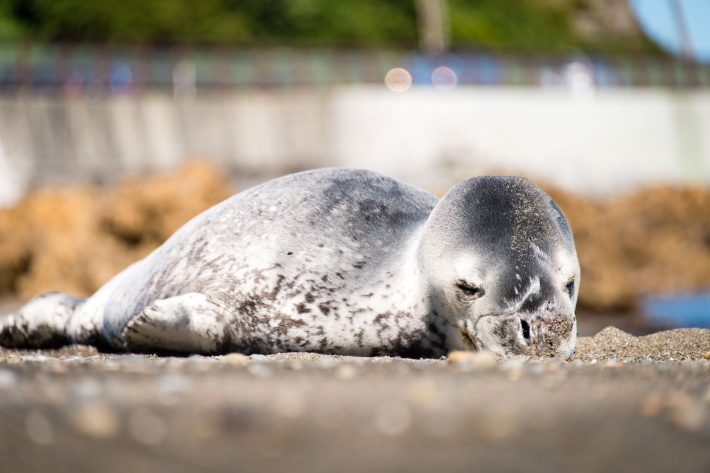
Owha and her friends awarded citizenship
Media release27 May 2019New Zealand’s newest citizens like the solitary life, have leopard-like markings, and can each weigh up to 600kg. -

Robotic vehicle on the lookout for biosecurity pests
Foreign marine pests can threaten our marine life and it’s important to find them early before they can set up home here. -
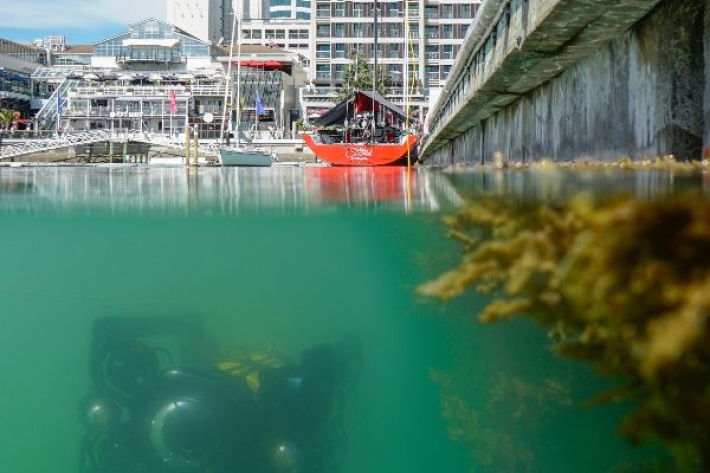
ROV (remote operated vehicle) for marine biosecurity surveillance
Hazardous and murky conditions in our ports and marinas can make it challenging for divers to carry out important biosecurity inspections for introduced pest species. NIWA scientists are pioneering the use of underwater remote operated vehicle (ROV) technology to improve surveillance checks. -
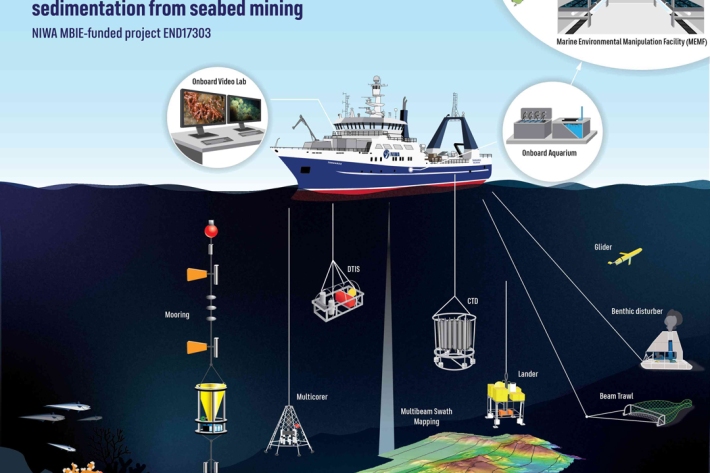
Sedimentation effects
Research ProjectThis programme looks at the impacts of sediment plumes created by disturbance to the seafloor and the discharge of processed waters. -
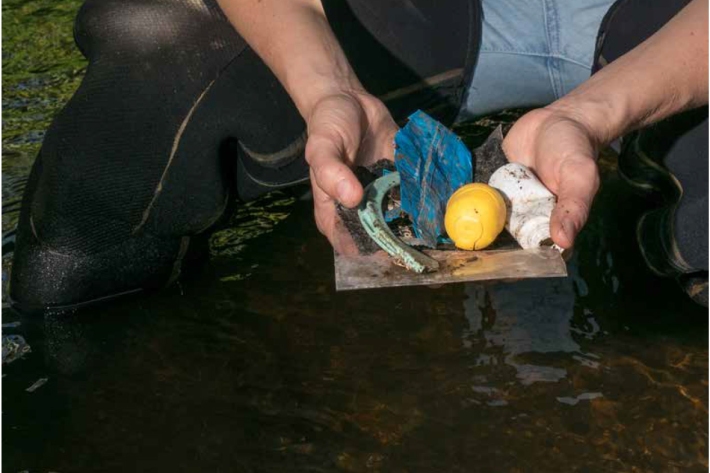
Plastic pollution processes in rivers
Research ProjectMost of the plastic in the ocean originates on land, being carried to the estuaries and coasts by rivers. -
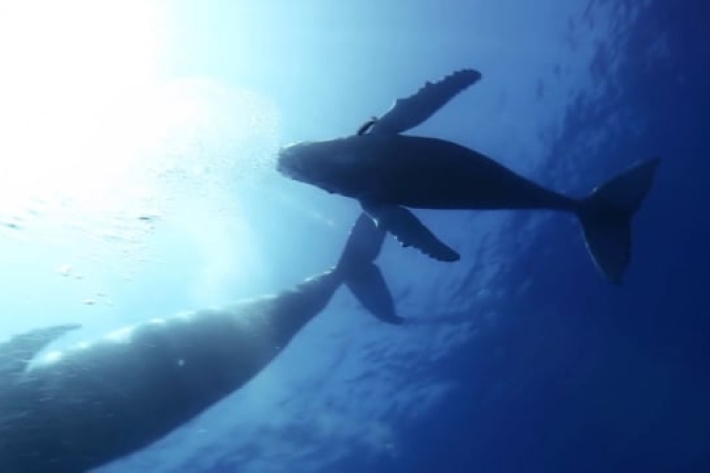
Ocean acidification—what is it?
The on-going rise of carbon dioxide (CO2) in the atmosphere is not only changing our climate—it is also changing our oceans. -
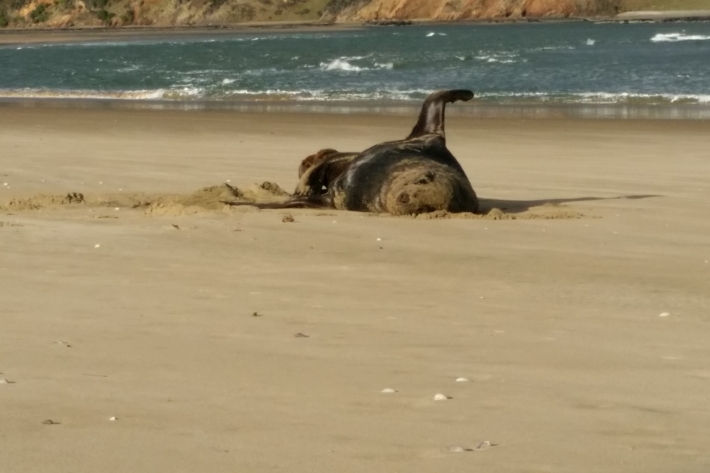
They were defrosting leopard seal poo...you won't believe what happened next!
News article05 February 2019For more than a year a frozen slab of leopard seal poo sat in a NIWA freezer. The poo, known scientifically as scat and about the size of two bread rolls, is as good as gold for leopard seal researchers. -
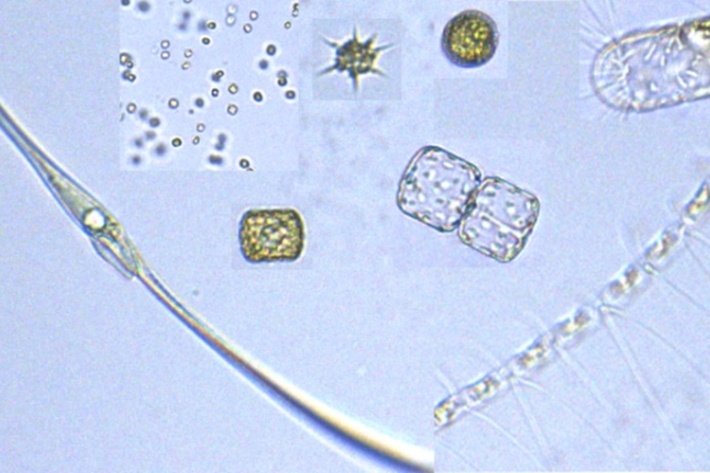
Voyage Update 8. Phytoplankton diversity and production
Phytoplankton: tiny cells with a big job -
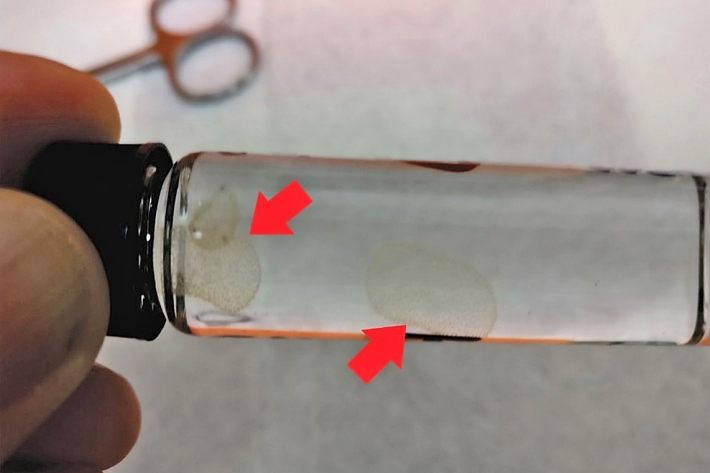
Voyage Update 9: Protistan diversity
During the voyage, we collected planktonic protist cells for which DNA will be sequenced for taxonomic identification, but also to understand their physiology through the daily diurnal vertical migration (diel) cycle. -

The eel earbone detective
Feature story09 January 2019As a young child growing up on an Irish farm, one of Eimear Egan’s chores was to regularly clean out the well from where her family drew its drinking water. In the well lived a large eel that, no matter how many times it was shifted, just kept coming back. -

Can a leopard seal change its spots?
Feature story03 January 2019A leopard seal, who has made the balmy waters around Auckland home, is prompting a NIWA scientist to campaign for her to be made a New Zealand citizen.

